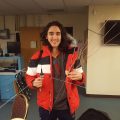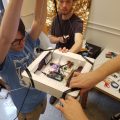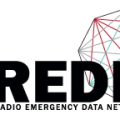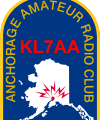AARC Assists Student with APRS Weather Balloon Experiment
Boris Mesits, KE8JLB visited the RSOC during this week’s W
The student club is called SEDS (Students for the Exploration and Development of Space) at UNC-Chapel Hill. We’ve done projects like model rockets, drones, robotics, virtual reality. The weather balloon project is just another one of those. The project was started by my friend Gibson Bennett but since he graduated last summer I’ve taken over. We have weekly meetings where 5-10 people show up to help build parts and learn.
We take a lot of inspiration from these folks:
https://makezine.com/projects/near-space-balloon-cam-with-arduino-and-aprs-radio/
We currently have a styrofoam enclosure, a balloon, a helium supplier, a parachute, plus all the electronics. The main challenge is sending out correctly programmed APRS packets from the atmosphere completely autonomously.
The transmitter is mostly for tracking so we can recover the capsule we attach to the balloon. We have various cameras to take pictures at 100,000 ft or so. I’ve also been trying to put together a Geiger counter kit for the balloon, because the lower stratosphere is well known to have much higher background radiation than the surface. The source of this radiation is, from what I’ve read, mostly cosmic ray impact products and human pollutants, but there isn’t much information online to be honest. As a result, I’m really interested to see how radiation levels change with altitude.
I hope this is useful for you.
And thanks again for the excellent experience I had on Wednesday!
Best,
Boris
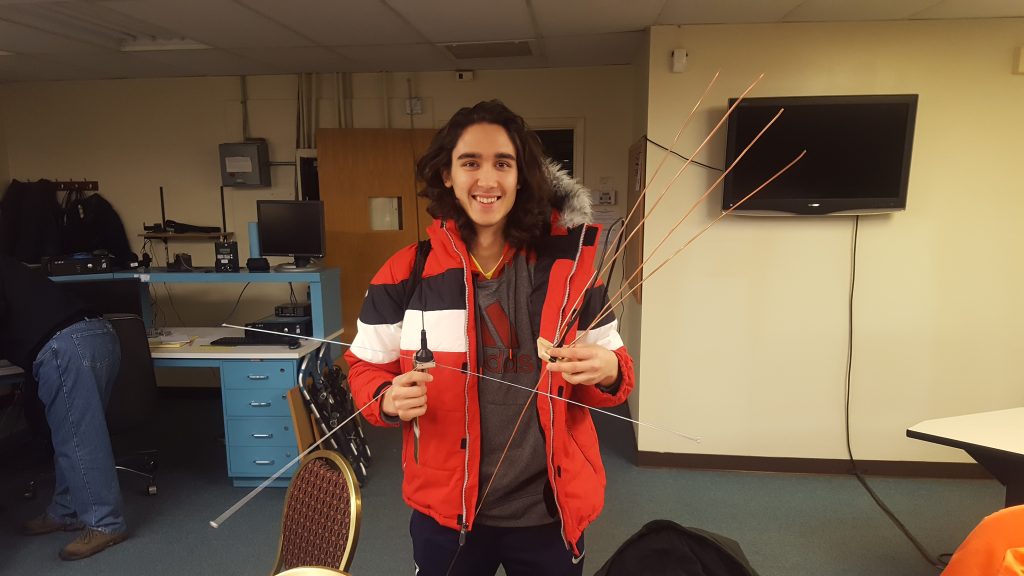
Boris was very kind to allow us to help with this project. We have asked that he keep us informed on its progress and results. We may even try to monitor the actual experiment live on APRS.FI when it is conducted.
Thanks again Boris for letting us be involved in this educational project.
73,
Kent Petty, KL5T

